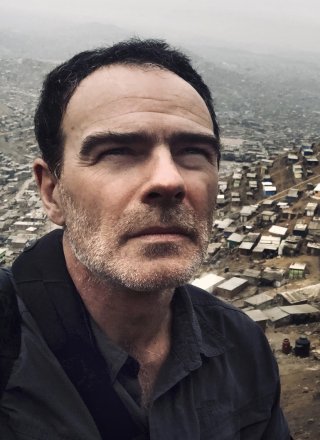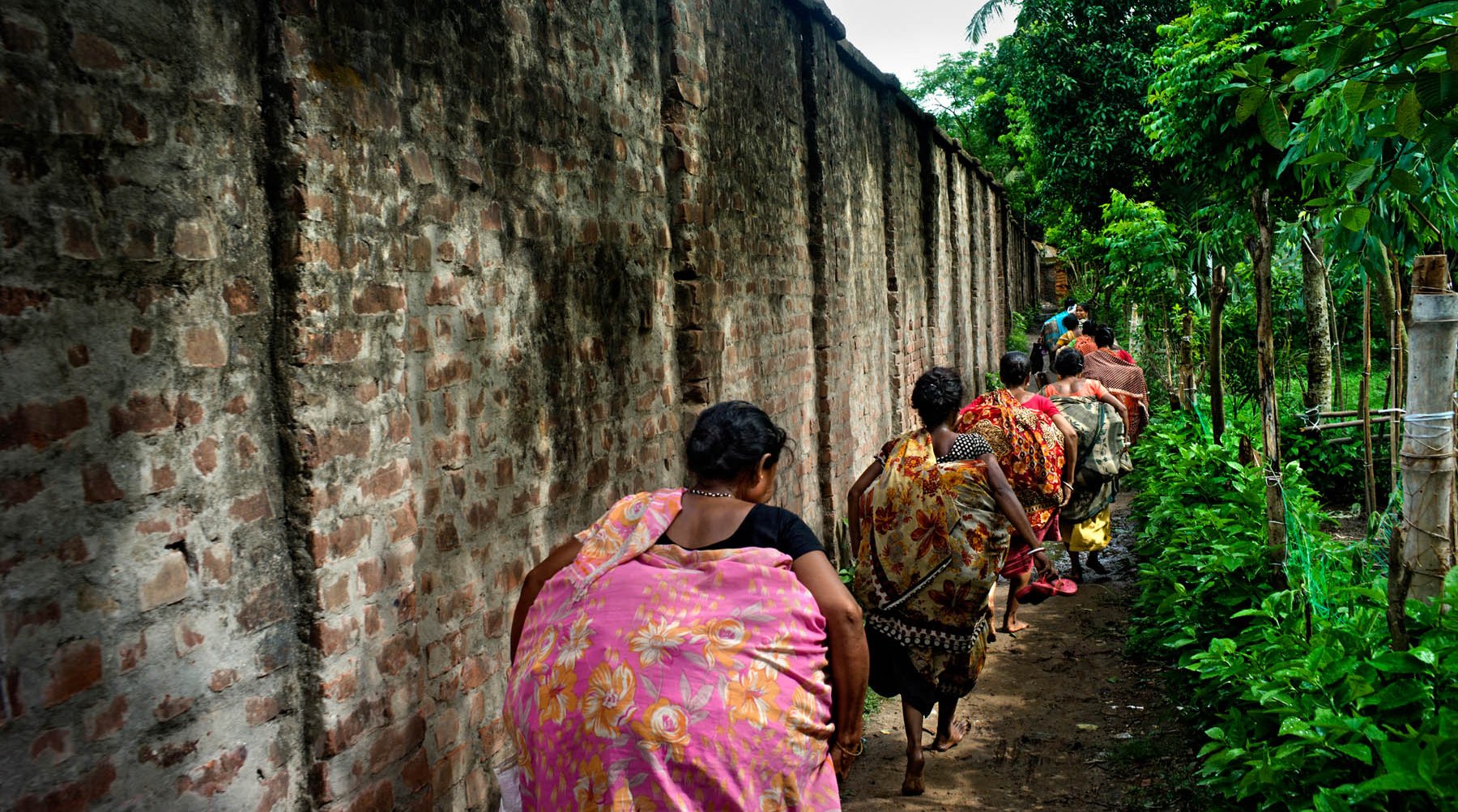
India and Bangladesh – The Wall and Fear
Gaël Turine
Agence VU'
Never since the Middle Ages have there been so many walls, barriers and fences between countries. New ones are being built; older ones are being restored and fortified. Such walls increase tension, weaken the already weak social and economic fabric of society, and contribute to the ever-greater divide between cultures, religions and communities, without offering any solution to the original problems that drive people to leave their homeland. In certain societies and regions, migration from one country to another has become a traditional response to aspects determined by any one of a number of factors – culture, economy and even climate. Changes to such population movements will inevitably cause effects that are difficult to gauge today.
Communities living either side of the wall are first confronted with the physical barrier that is impossible to cross, and then the symbol epitomizing everything they might hope to escape.
Preview
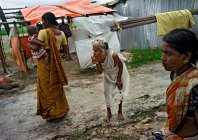
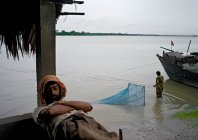


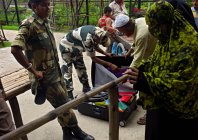
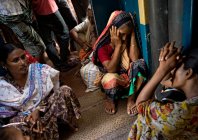
In 1993, India began building the wall separating it from neighboring Bangladesh, covering a distance of 3 200 kilometers [approximately 2000 miles], and now one of the longest walls in the world. The border (set in 1947 with the partition of Bengal and British India) has always had dramatic effects. The official argument put forth by the Indian authorities to justify the wall is that it protects the country from terrorists, smugglers and illegal Bangladeshi migrants. The wall in its different forms (concrete and barbed wire fencing) is closely guarded by Indian troops, with some 220 000 men assigned to the Border Security Force (BSF) for armed surveillance of the border. On the other side, BGB soldiers (Border Guard Bangladesh) patrol the wall to stop any would-be migrants from leaving the country and entering India illegally.
The number of arrests, cases of torture and deaths here have now made this one of the most dangerous borders in the world. Nearly all victims are Bangladeshi citizens trying to cross illegally to the other side for various reasons – economic, family, health and environmental. Who can blame them? Their country suffers from every possible affliction: dire poverty, drastic overpopulation, endemic social and political problems, and frequent natural disasters. And they continue to take the risk. According to human rights NGOs, giving figures that have not been disputed by the authorities, over the last ten years there has been an average of one death every five days on the border.
Despite moves by relatives of victims, Indian Border Security troops continue to perpetrate these crimes with virtual impunity. The Bangladeshi authorities are obliged to maintain their “entente” with the powerful Indian neighbor, and so tolerate the wall. They have not alerted the international community to the drama, choosing to silence reports of these crimes committed against their own citizens.
*Gaël Turine *






